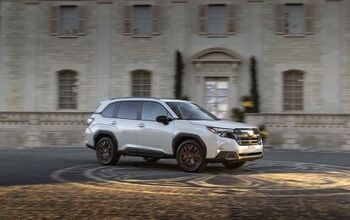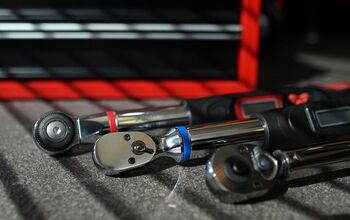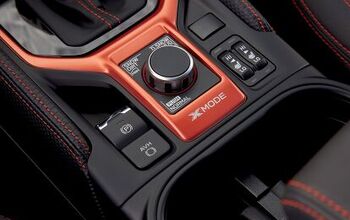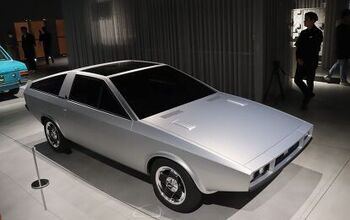Choosing Low Rolling Resistance Tires

It’s common knowledge that keeping your tires properly inflated is a simple yet essential step toward good fuel efficiency.
But figuring out what high-efficiency tire to buy in the first place is anything but straightforward. Slapping on a good pair of low rolling resistance tires can increase fuel economy by 1 to 2.5 mpg. But which ones?
Discuss the ups and downs of low rolling resistance tires with other hybrid drivers.
For years, the Toyota Prius has come standard with the low resistance Goodyear Integrity. But those tires are notorious for wearing out fast, and that’s not the only compromise. “You can get a tire that will give you better mileage, but you are going to give something up,” Matt Edmonds, vice president of tire discounter Tire Rack told Automotive News. “Typically that would have meant stopping distance, handling in wet conditions.” (Toyota picked the Toyo Proxes A20 for 2010 Prius premium “V” trim, and the Highlander Hybrid.)
Tire Trade-Offs
In September, Tire Rack conducted a “Real World Road Ride Economy Run” to determine whether lower rolling resistance tires are effective at increasing fuel efficiency. The test used a small fleet of Toyota Prii outfitted with the Goodyear Integrity all-season radial tires as a baseline. Each tire was driven over 550 miles of a 6.6-mile loop of expressways, highways and side roads.
The Prius outfitted with the baseline tire achieved 51.4 miles per gallon, but the best performer was the new Michelin Energy Saver A/S that clocked 53.8 mpg. The Michelin HydroEdge with Green X delivered only 51.1 mpg. The other tested tires included the Bridgestone Ecopia EP100, Yokohama dB Super E-Spec, and Goodyear Assurance ComforTred.
The Michelin Energy Saver was also very effective in stopping the Prius when traveling at 50 mph in wet conditions—verifying Michelin claims that the Energy Saver is “up to 8 percent more fuel-efficient than standard tires” and “stops up to 8 feet shorter.” The company equates the fuel savings to reducing CO2 emission as much as planting 40 trees.
But the approximate 2-mpg advantage of the Michelin Energy Saver versus the Michelin HydroEdge Green X comes at a price. The HydroEdge, which uses a tread pattern and compound engineered for a longer life, comes with a 90,000-mile warranty. The Energy Saver A/S does not have a mileage warranty.
Low-Resistance 101
Harder tires = lower rolling resistance. And other basics.
The upcoming Chevy Volt will ride on the Goodyear Assurance Fuel Max, which strikes a balance between low rolling resistance and long life. It has a tread compound designed to deliver a 27 percent reduction in rolling resistance and comes with a 65,000-mile treadwear warranty.
Calculating the costs and the payback for a more expensive tire is also tricky. Doug Girvin, director of product marketing for Michelin, makes the argument for the more expensive and higher-mpg tire: “When you take the cost of that tire and the cost of the fuel that it took over the life of that tire vs. a slightly less expensive tire that uses a little more fuel, the average cost-per-mile driven came within one-hundredth of a penny of each other.”
Become an AutoGuide insider. Get the latest from the automotive world first by subscribing to our newsletter here.

Aaron is a freelance writer, videographer and car enthusiast based out of the Detroit area. He has a special affinity for the Porsche 944 series, and once owned a Volvo 240 sedan with a Weber carb in place of the factory EFI system. His work has appeared on AutoGuide, GM Authority, /Drive, and VW Vortex, among other sites.
More by Aaron Brzozowski
































Comments
Join the conversation